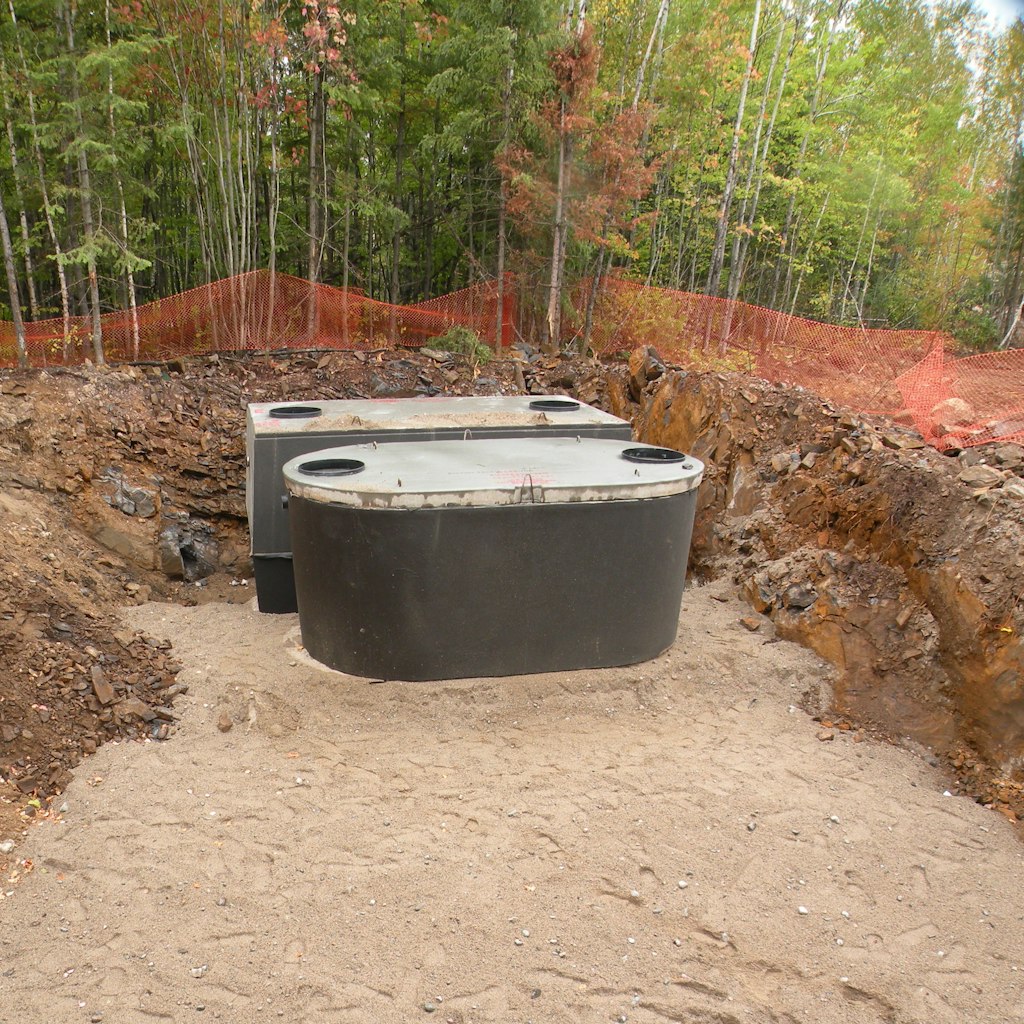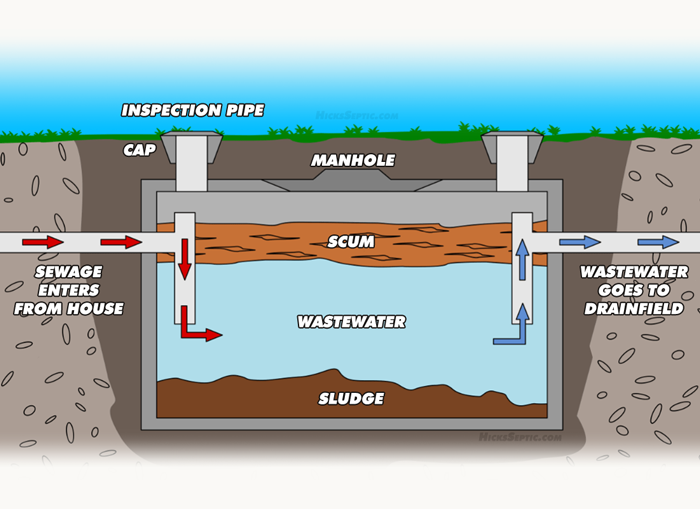Many people living in rural areas are not connected to the municipal sewage system. To cleanse your wastewater and dispose it correctly you'll need a water system for your home. There are a variety of home-septic tanks. However, they all do the same thing. They take out the waste that we produce in our homes, clean out unwanted substances and release clean water to the waterways. Due to the lower volume of liquid generated daily the larger tanks are able to lower expenses.
What Is The Cost For An Tank For Septic?
The conventional septic system is outdated and isn't as efficient as it once did. The United States can pay anywhere from $2,500 to $5K for the septic tank without thinking about permits and the expense of piping your drain field. Aerobic and anaerobic septic systems varieties are what you ought to consider if cost isn't really something foremost on the mind. An alternative is to invest in one of these new "septic" system. Although they are more expensive than others, they will last for decades and require minimal maintenance since you don't need to replenish them with water every couple of years.
Aerobic systems need oxygen. This speeds up the process, and results in a less waste than other systems. It is possible to use this water for irrigation if you don't have another source. Anaerobic food also takes less space since it uses about half the surface area to leach than conventional systems. However, it does come with a high price tag at around 13000 dollars USD per 1,000 gallons processed through treatment tank annually. Have a look at the top rated how a septic system works for info.

What Is The Cost Of An Septic Tank Cost?
Most affordable and lightest option for septic tanks is plastic polyethylene. The average price of a thousand-gallon tank runs around 11 hundred dollars. But leaks can cause problems in certain states. They have been banned in the US because cracked tanks lead to expensive repairs. Solid concrete septic tanks is strong and will last for decades before it needs to be replaced. There have been instances when these tanks fail. But the cracks are rarely severe. Fiberglass septic tanks are an excellent option for homeowners who want to keep their costs down, but still, have easy installation. They are much easier to install than plastic or concrete tanks. They don't break like other types and are lighter. This helps reduce the weight of your home and improves the construction.
What Does That Mean To Me Personally?
It can be confusing to learn the factors that affect the price of your septic tanks. You must be aware of the costs of installation options and the costs associated with them. NexGen Septics can help in making that decision. We give detailed explanations about everything, from soil preparation permits and maintenance costs. This is a key element when determining the final cost of new systems. Check out the best how does a septic tank work for info.
Septic System Types
It's not easy to select the right septic pump system. The type you choose can impact the price of the system, as well as the treatment method employed and the amount of space you have to put it in. The most common are:
1.) Anaerobic Septic System
One of the best things about a system that is used for septic cleaning is its inability to use electricity. Anaerobic bacteria help cleanse and remove contaminants from your home's wastewater pipes until they become exhausted. Then, they draw them out of other sources such household pipes and human excrement. It is simple to install and can cost between $2k-5K depending on your requirements. It is simple to install and anyone who has ever done any type of home repair should feel comfortable with it.
2.) Aerobic Septic System
Aerobic Septic systems are comprised of aerobic bacteria which dissolve waste that is pumped into tanks for septic. An effluent and timer can be combined to enhance the process. However, wastewater won't spill onto your lawns or your crops as anaerobic tank would. The cost of these advanced toilets ranges from $13k to $26K. This is a fraction of traditional pit toilets.
Septic Tank Types
In addition, there are three kinds of septic tanks that are available: concrete plastic gravel, and concrete. In addition, there are fiberglass-based septic tanks. These are lightweight yet strong enough to stand up to extreme conditions, such as when it is used on farms or other areas where water pumps are able to be moved around. Concrete is another great alternative. Its massive weight provides stability, so that rainwater won't cause your home to slide over. The lightweight, yet strong poly bags are a good option for those who live close to the city limits. Check out the best how does septic tank work for more.

Plastic Septic Tanks
Although septic tanks can be an excellent way to manage your waste, it's crucial to make sure you get one that will last for. Polyethylene is the lightest and most economical kind of septic system you can buy. However, they are more likely to explode or crack over time. These toilets have been strengthened by the use of plastics, which has made them less susceptible to this issue. However they can still be a problem if not filled correctly within California (where I live). Prices for 1000-gallon models differ depending on where they are located.
Fiberglass Septic Tanks
Fiberglass tanks weigh less than other types, easy to install and less susceptible to the growth of algae. They also are resistant to shrinking or expanding which can help prevent fractures from developing as time passes. They are not impervious like clay-based soil systems. Prices for fiberglass will differ based on how large you are and the size of your tank, but typically they cost between $1600-$2000 USD for 1,000 gallons to 1 500 gallons. A choice with a larger capacity is available with a price that ranges from 50% to 100 percent.
Concrete Septic Tanks
Concrete septic tanks are able to last up to 30 year when they're constructed properly. 1000 gallons cost $1,200 and 1500 gallon models is around $1800. Concrete tanks have an average lifespan ranging around 15 to 20 years, however it could be much longer based on maintenance practices.